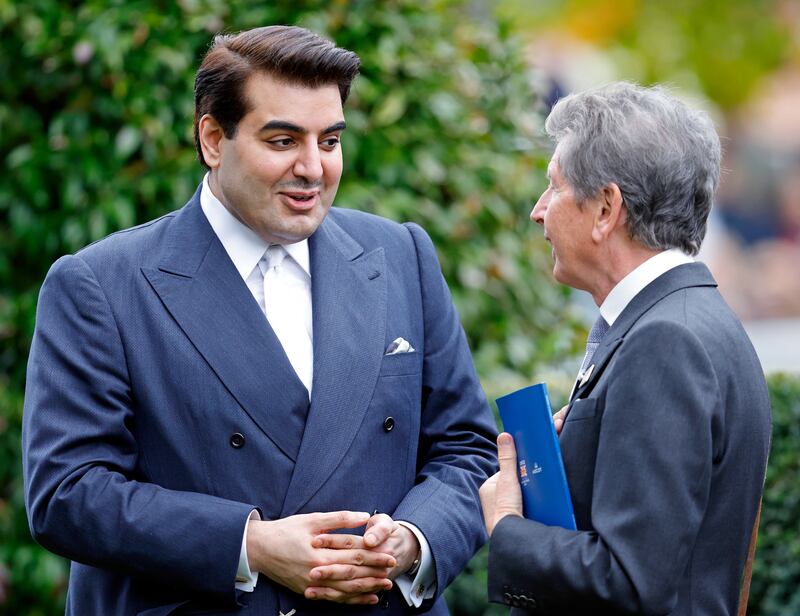A member of Qatar's ruling family has won a legal claim against a British antiques dealer when seven ancient items he bought for $4.9 million were ruled to be fake.
Sheikh Hamad bin Abdullah Al Thani, a cousin of the emir and a well-known international collector, bought the objects between 2014 and 2015 from JEL in London, which specialises in Indian, Gandharan, Himalayan and South-East Asian works of art. JEL is run by John James Eskenazi.
They included:
- the head of a goddess, which was claimed to originate from the Greater Gandhara region in the late Bactrian period 2nd/3rd century CE. It was described as marble with garnet inlay. He paid $400,000.
- the head of Dionysus, which was described as originating from Bactria, circa second century CE. It is marble with gemstone inlays and was bought for $1,275,000.
- A serpent bracelet from Afghanistan, circa first-century BCE to first-century CE. It is gold with turquoise and garnet inlay and was purchased for $125,000.
- The Hari Hara sandstone statue originating from the Kingdom of Zhenla ― present day Vietnam ― in the late seventh century CE. The price was $2,200,000.
- The head of a Bodhisattva, which was purported to originate from Gandhara in the fourth century CE. Sheikh Hamad paid$730,000.
- The Visit of Mayadevi to the Emaciated Bodhisattva (“the Frieze”), which it was claimed came from Gandhara, Swabi, in the early third century CE.
- The head of a Krodha Vighnakarta, which it was claimed came from Greater Gandhara in the fifth/sixth century CE.
Each invoice contained the following words: “I declare that to the best of my knowledge and belief the item detailed on this invoice is antique and therefore over one hundred years of age.”
However, after a trial at London's High Court, each item was ruled to be inauthentic.
In the case of the head of Krodha, one expert told the court that the "survival of an unfired clay object of this kind, for 1,500 years, would be astonishing: it is so remote as to be fanciful".
Mr Justice Jacobs ruled every item sold as inauthentic after hearing from specialist experts in the field.
"I conclude that there were no reasonable grounds for the unqualified statements as to the antiquity of this piece[s]. No reasonable leading specialist antique dealer would have expressed an unqualified opinion that this object was ancient," he said.
"In relation to all of the objects, the claimants have proved their inauthenticity, and the absence of reasonable grounds for the unqualified opinion as to their ancient origin, which JEL gave."
He said the sheikh and his company, the Doha-based Qatar Investment and Projects Holding Company (Qipco), are entitled to recover their money.
"Qipco is also entitled to damages for breach of contract based upon breach of the admitted implied term that JEL [honestly and] reasonably held the opinion that the objects were of ancient origin," he said.
"Qipco is also entitled to damages for negligence. Each of these claims leads to an award of restitution or damages equal to the amount which Qipco paid for the objects."
Last year Sheikh Hamad lost a legal claim against a Swiss fine arts company after paying $5.2 million for two ancient statues that he later claimed to be worthless modern fakes.
His artworks, known as the Al Thani collection, have been the subject of numerous museum exhibitions, including at the Victoria and Albert Museum, London, and the Metropolitan Museum of Art, New York.
Sheikh Hamad’s London residence, Dudley House, is a showcase for his many acquisitions.
The court was told the late Queen Elizabeth II is reported to have visited and commented that it made Buckingham Palace look rather dull.







